Resources
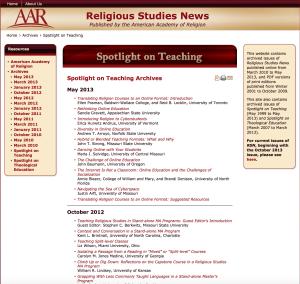
Journal Issue. Full text is available online.
Although comparative theology is a continuously growing method in the study of religion, it is still relatively new and not widely accepted in either confessional or secular institutions. Scholars may face difficulty when seeking their institutions' acceptance for a comparative theology course. One way of generating interest and approval for such a course is by designing it from the center of the institution's mission. Professors can look to the institution's mission as a resource for teaching comparatively. We offer four examples from Catholic institutions of how this might be done. Reid Locklin offers further insights in his response to our explorations.
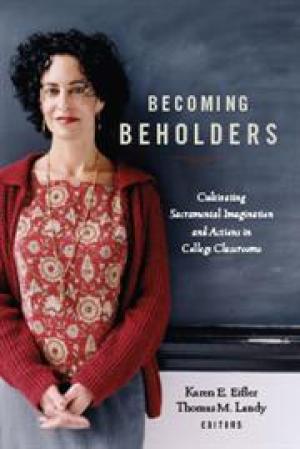
Click Here for Book Review Abstract: Catholic colleges and universities have long engaged in conversation about how to fulfill their mission in creative ways across the curriculum. The "sacramental vision" of Catholic higher education posits that God is made manifest in the study of all disciplines. Becoming Beholders is the first book to share pedagogical strategies about how to do that. Twenty faculty—from many religious backgrounds and teaching in fields as varied as chemistry, economics, English, history, mathematics, sociology, and theology—discuss ways that their teaching nourishes students' ability to find the transcendent in their studies. (From the Publisher)
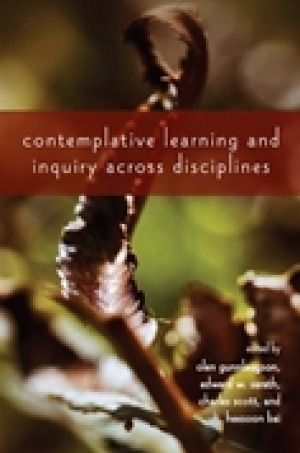
Click Here for Book Review Abstract: A wide-ranging consideration of the emerging field of contemplative education. Contemplative approaches to higher education have been gaining in popularity and application across a wide range of disciplines. Spurring conferences, a growing body of literature, and several academic programs or centers, these approaches promise to contribute significantly to higher education in the years to come. This volume provides an overview of the current landscape of contemplative instruction, pedagogy, philosophy, and curriculum from the perspectives of leading researchers and scholar-practitioners. Contributors come from a variety of disciplines, including education, management and leadership studies, humanities, social sciences, the arts, and information science. Drawing on diverse contexts, the essays reveal the applicability of contemplative studies as a watershed field, capable of informing, enriching, and sustaining the many disciplines and instructional contexts that comprise higher education. Chapters discuss the theoretical aspects of the field; the details, experiences, and challenges of contemplative approaches; and the hopes and concerns for the future of this field. (From the Publisher)
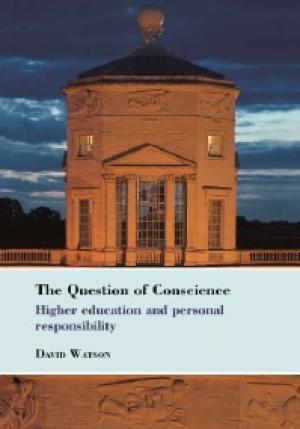
Click Here for Book Review Abstract: Most of the claims about the purposes and achievements of higher education are irreducibly individualistic: it will change your life, through conversion or confirmation of faith, by improving your character, by giving you marketable “abilities,” by making you a better member of the community, or by being simply “capable” of operating more effectively in the contemporary world. All of these qualities scale up, of course, but in differing ways. David Watson explores the question of what higher education sets out to do for students through a number of lenses, including the “evolutionary” stages of modern university history, the sense participants and observers try to make of them, and a collection of “purposes,” or intended personal transformations. The resulting combinations are clustered around major questions about the role of universities for their students, and in society at large. He concludes by testing claims about the role of higher education in developing varieties of personal responsibility. The Question of Conscience identifies and explores how varied these claims have been over the long history of the higher enterprise, but also how strong and determined they invariably are. (From the Publisher)
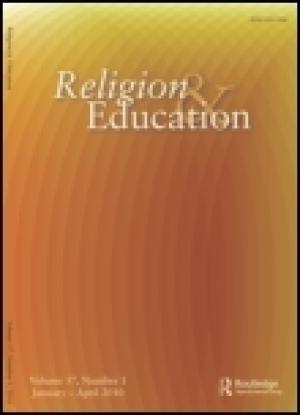
Journal Issue.
When students come into the classroom, they have a prefigured, albeit deeply implicit, notion of what "religion" is and what it is not. They see religion as private, inner, and personal, as distinct from "politics" and "economics." This prefigured conception of religion is, in this author's view, one of the principle obstacles to teaching Religious Studies in an empirical, cross-cultural, comparative manner. Given the overall structure of the cultural configuration within which students think about and live out "religion," i.e., that it is private, utilitarian, and simply an obvious given to them, how can we introduce theory into the Religious Studies classroom? The answer given here is that if we use language-based theoretical models of culture such as structuralism and hermeneutics, we do better, in the main, in applying that theory to the communicative context of the classroom than trying to teach theory directly to our undergraduate students. This paper offers an analysis, using such language-based theories, of those cultural conditions which our students bring into the classroom and which shape their "native" understanding of the category "religion," as well as some suggestions as to how to cope with it in order to teach Religious Studies more effectively.
Sociological look at religious belief and practices among college students
"How . . . do we represent religious experience, in all of its various forms from apostasy to rapture, in ways that remain faithful to the rules of careful historical scholarship, but without inadvertently denigrating the experience as such by making it seem subordinate to other goals?"
An early review of Barbara Walvoords’ study showing a "great divide" in the introductory religious-studies classroom, especially at schools with a religious affiliation: While instructors want to prioritize the development of critical thinking, students want discussion that will develop their own religious beliefs and their moral & ethical values. (This is less true at secular colleges, where students are more on board with putting critical thinking first.)